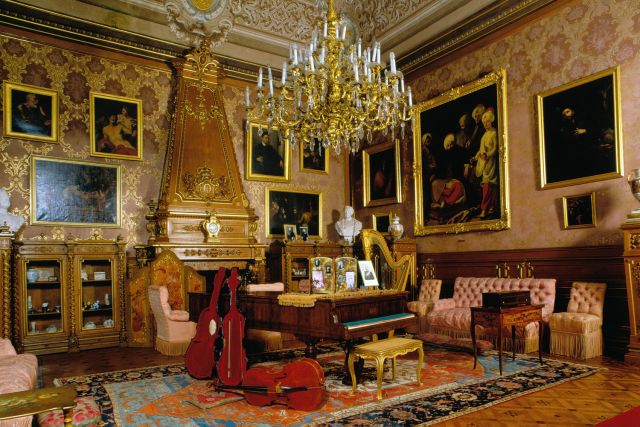
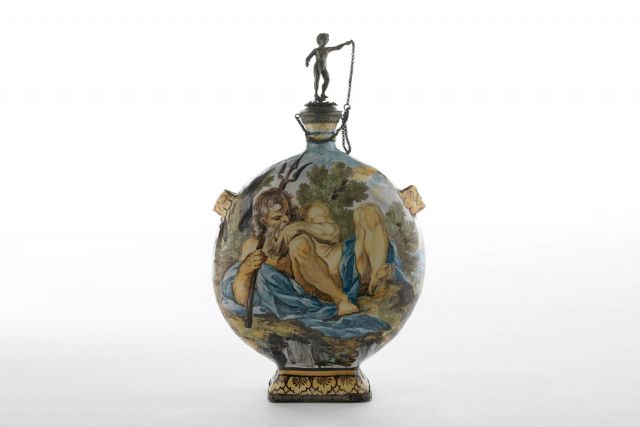
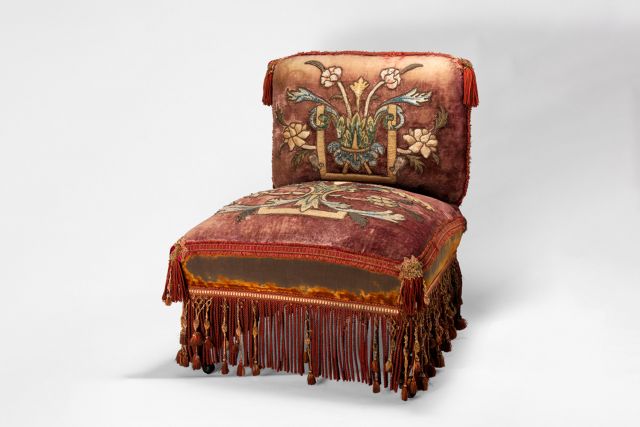
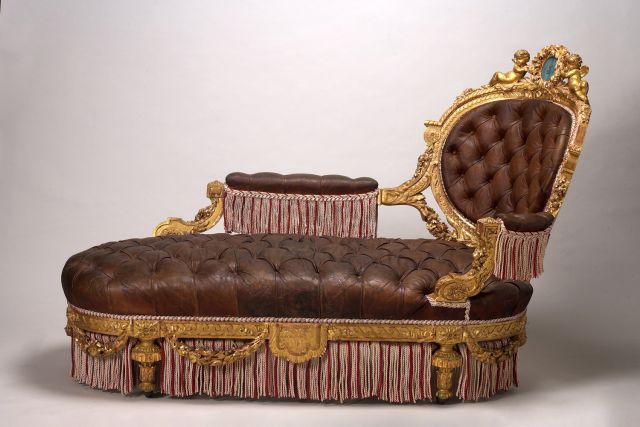
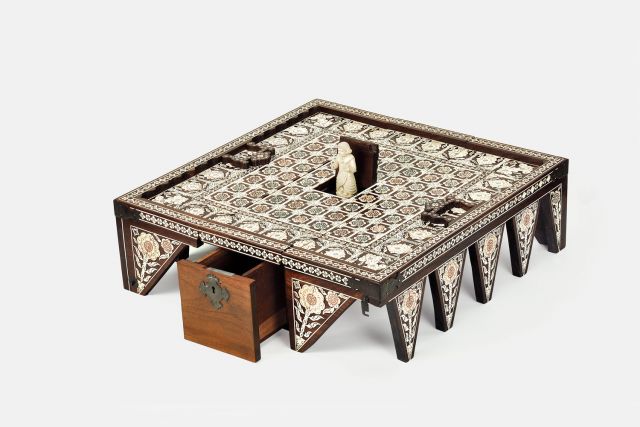
National Palace of Ajuda
- Lisbon, Portugal
- Museum
Tuesday to Sunday 10:00 - 17:00
+351 213637095
The National Palace of Ajuda, a neoclassical monument, built in 1802, became the official residence of the Portuguese monarchy in 1861. Most of the palace interiors were designed during King Luis I’s reign by his wife, Queen Maria Pia and Possidónio da Silva. The Palace was closed after the proclamation of the Republic in 1910 and reopened to the public in 1968, as a museum gathering important collections of decorative arts from the 15th to the 20th century.
Objects from the 18th and 19th centuries are noteworthy: goldware, jewellery, textiles, furniture, glass, ceramics, paintings, prints, sculpture and photography. The western facade of the palace is intended for the permanent exhibition of the remarkable collection of Portuguese crown jewels. The museum has a cultural and educational mission creating personalised relationships with the public, organising training and offering inspiration through the collection and the history of the Palace.









